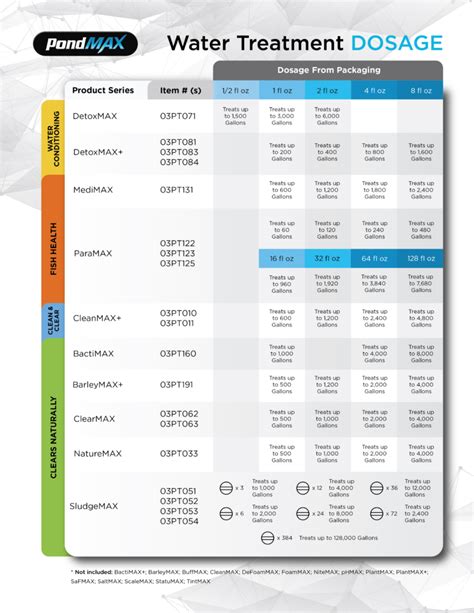The Right D.E. Dose: Clear Water in Minutes
Achieving sparkling, crystal-clear pool water is the holy grail for every pool owner. A key element in this pursuit is diatomaceous earth (DE), a natural filter media that significantly enhances the filtration process. Getting the DE dose right is crucial; too little, and your water remains cloudy, while too much can clog your filter and lead to costly repairs. This guide will help you determine the perfect DE dose for your pool, ensuring clear water in minutes, not days.
Understanding Diatomaceous Earth (DE)
Diatomaceous earth is composed of fossilized remains of diatoms, microscopic aquatic organisms. These fossilized remains form a fine powder that, when mixed with water, creates a highly effective filter cake within your pool's filter. This cake traps microscopic particles, including algae, bacteria, and other contaminants, resulting in cleaner, clearer water.
How Much DE Do I Need?
The ideal DE dose varies depending on several factors:
- Filter Size: The larger your filter, the more DE it will require. Consult your pool filter's manual for the recommended amount. This is usually expressed in pounds or kilograms.
- Filter Type: Different filter types may require slightly different DE dosages. Again, check your manual for specific instructions.
- Pool Size: While not a direct determinant, a larger pool might require more frequent DE additions, even if the filter size remains the same.
- Water Clarity: If your water is already relatively clear, you might need less DE than if it's heavily clouded.
Determining the Right DE Dose: A Step-by-Step Guide
-
Consult Your Filter Manual: This is the single most important step. Your filter's manual provides the manufacturer's recommended DE dosage. Follow these instructions meticulously.
-
Prepare the DE: Always mix DE with water before adding it to your filter. This prevents clumping and ensures even distribution. The precise water-to-DE ratio will be specified in your manual.
-
Adding DE to the Filter: Carefully add the pre-mixed DE slurry to the filter according to the manufacturer's instructions. Avoid adding DE directly to the filter without mixing it with water.
-
Backwashing: After adding DE, run your filter for a short period to allow the DE to settle and form a filter cake. Once the water clears, perform a thorough backwash to remove any excess DE.
-
Monitoring Water Clarity: Regularly monitor your water clarity. If the water becomes cloudy again, it might indicate a need for additional DE or more frequent filter cleaning.
Troubleshooting Common DE Issues
- Cloudy Water Despite Adding DE: This might indicate a problem with your filter, such as a damaged filter grid or insufficient backwashing. Inspect your filter and ensure it's functioning correctly.
- Clogged Filter: Adding too much DE is a common cause of filter clogging. If your filter is clogged, you will need to backwash thoroughly or even replace the DE.
- Uneven DE Distribution: Insufficient mixing of DE with water can lead to uneven distribution within the filter, resulting in reduced filtration efficiency. Always ensure thorough mixing.
How Often Should I Add DE?
The frequency of DE addition depends on several factors, including bather load, weather conditions, and the type of filter. It's generally recommended to add DE every 2-4 weeks or whenever the filter pressure increases significantly. Regular monitoring of your filter pressure gauge is crucial.
H2: What are the signs of insufficient DE?
Insufficient DE will manifest as cloudy or murky pool water, regardless of how often you backwash. You may also notice a decline in the efficiency of your filtration system, leading to increased algae growth and other water quality issues.
H2: Can I use too much DE?
Yes, adding too much DE can severely clog your filter, reducing its effectiveness and potentially damaging the filter components. Over-DEing can cause increased pressure, forcing you to backwash more often and potentially shortening the life of your filter.
H2: What happens if I don't add enough DE?
Under-DEing your filter results in poor water clarity. Your filter won't effectively remove small particles, leaving your pool water looking cloudy and potentially harboring harmful contaminants.
H2: How do I know when to backwash my filter?
Consult your filter’s manual for the recommended pressure differential. Generally, a pressure increase of 8-10 psi above the clean pressure indicates the need for backwashing.
By following these guidelines and regularly monitoring your pool's water clarity and filter pressure, you can ensure that you're using the right DE dose to achieve the clear, refreshing water you desire. Remember, consistency and attention to detail are key to maintaining a sparkling, healthy pool.

